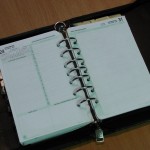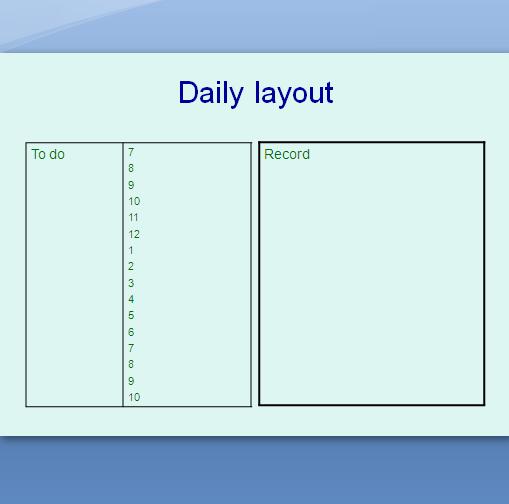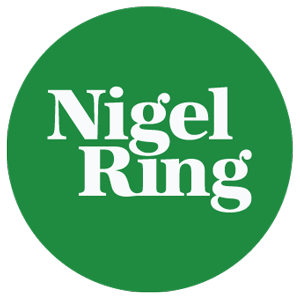 So, what does the Organiser look like? You will remember that for the purposes of this training I am considering a paper system rather than a PDA. Personally I use a PDA but since there are so many varieties it is easier to communicate ideas this way.
So, what does the Organiser look like? You will remember that for the purposes of this training I am considering a paper system rather than a PDA. Personally I use a PDA but since there are so many varieties it is easier to communicate ideas this way.

I recommend the 2-page/day loose leaf variety of Organiser. This gives plenty of room for all that you need to do including a generous note page for making records of phone calls, meetings and so on.

But the important feature is not so much to do with the area of paper – that will be dependent on your particular lifestyle – but with having the relevant sections on view each day namely:
1. Do it list
2. Appointments
3. Notepad
We have already considered Do it lists and Appointments, and the Note Pad is considered below as Ground Rule 2.
Ground Rules
There are certain ‘Ground Rules’ when using an Organiser or PDA. These are simple but non-negotiable. The system I am sharing with you is a secure ‘safety net’ that ensures you will not forget to do something nor miss appointments. However, if you fail to observe the Ground Rules you will quickly find that you have a hole in your net! So here they are.
1. Close at hand
Always keep the Organiser or PDA near at hand – well not actually in the shower, but almost! Quite simply, it is an extension to your memory and I am sure you always take that with you. One of the main purposes of using this system is to ensure that you are not cluttering your mind with unnecessary things and can give your full attention to what is important for that moment. If you are constantly wondering what you have forgotten this leads to great frustration and inefficiency.
2. Use it as your initial record
If you are making notes, say, during a phone conversation it is best done in the Organiser on the date of the call. Once you end the call there may be actions that are required and it is easy to allocate them immediately to the appropriate date or to add it to the draft agenda of a meeting.
For instance, you may need to make a follow up call with someone else. Decide when you will do that and put that person’s name and phone number on the Do it list for the chosen day, and add the date of today’s call in brackets – like this:
John Smith 01234 567890 (100218)
You can then forget this follow up action as you will come across it at the appropriate time and will know from the date where the information is that you need to communicate. The safety net has worked! Easy isn’t it? (Incidentally, notice that I have used the international dating system of YYMMDD i.e. Year/Month/Day. I always use this dating method to mark files on my computer as it automatically puts items in chronological order.)
3. Only one ‘Diary’
It can be tempting to have one Diary (Organiser) for home and social events and a second for the office or workplace. This seems to separate work from play. But this thinking is dangerous. You have only one memory and this applies to your extended memory too. If you have 2 there will inevitable be double bookings – especially as your husband/wife or work colleague may add things to the ‘other one’ without your knowledge!
4. Pencil
If using a paper system (Organiser) always write in pencil. Things have the habit of getting changed so if you have filled in your appointments in ink you end up with a messy (and often illegible) schedule of appointments.
5. When do you plan?
My recommendation is to plan each day either first thing in the morning or last thing the previous night. Why? If you leave it to another time you are more likely to be disturbed when thinking through your day’s expectations and goals. This makes it very difficult to make rational assessments of priorities.
Time spent planning is the best investment in your day – you must never be too busy to do it! It may save you hours and will certainly result in having given your best time to the highest priorities. What could be more fulfilling?!
